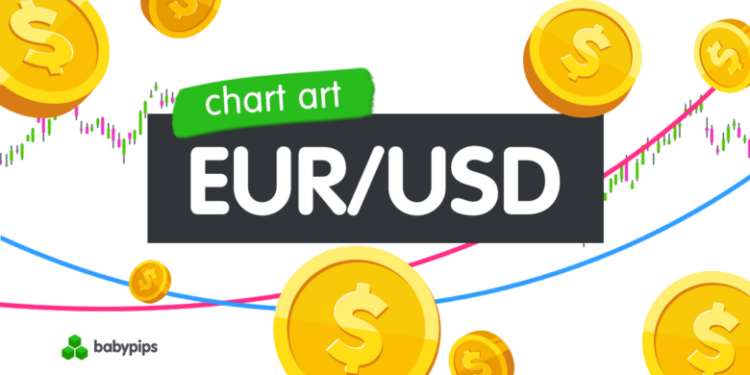The EUR/USD pairing is stirring interest as the dollar experiences a dip, inching the pair closer to the neckline of a textbook reversal pattern on the daily chart. Traders, it’s essential to watch out for this potential resistance breakout.
There’s an image attached to this analysis showing the EUR/USD daily forex chart. It’s clear that the currency pair has been trying, albeit unsuccessfully, to break below the crucial psychological level of 1.0200. This has led to the formation of a double-bottom pattern in the longer-term charts.
Currently, the price needs to challenge and surpass the neckline resistance at around the 1.0500 level to establish a potential uptrend. Achieving this could lead to a continuation of the move, mirroring the height of the double bottom formation.
Is a significant shift for the EUR/USD on the horizon? Bear in mind that fundamental factors are the usual forces behind market direction and volatility. If you haven’t yet dived into the details of the euro and U.S. dollar dynamics, now is the time to review the economic calendar and stay abreast of any breaking news that affects these currencies.
Lately, U.S. dollar strength has been under pressure from concerns about inflation and cautious statements from the Federal Reserve. Additionally, more optimistic global trade conditions seem to be fueling some risk-on sentiment in the market.
Therefore, keep a close eye on whether EUR/USD can maintain its momentum beyond the resistance level of 1.0530 and the 100 SMA dynamic resistance. If it does, euro bulls might aim for higher targets, such as the R2 level at 1.0710, near the 200 SMA dynamic inflection point.
Conversely, if you notice reversal candlesticks forming at the neckline resistance, this might suggest a range-bound scenario, potentially pushing the pair back toward support levels around 1.0180 or near the pivot point at 1.0360.
No matter the market direction you choose to trade, remember to incorporate sound risk management strategies and keep an eye on major catalysts that might shift overall market sentiment.
















